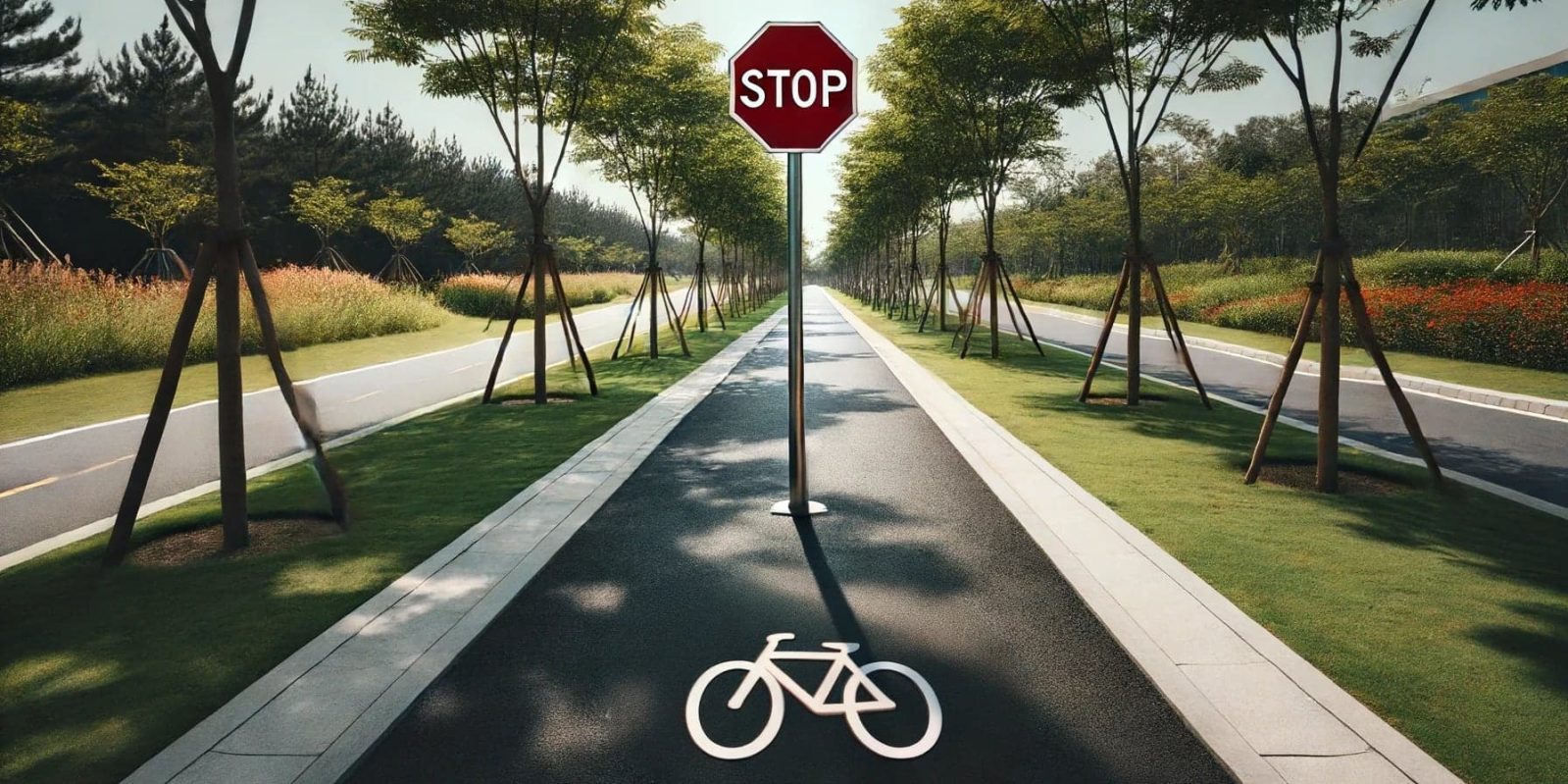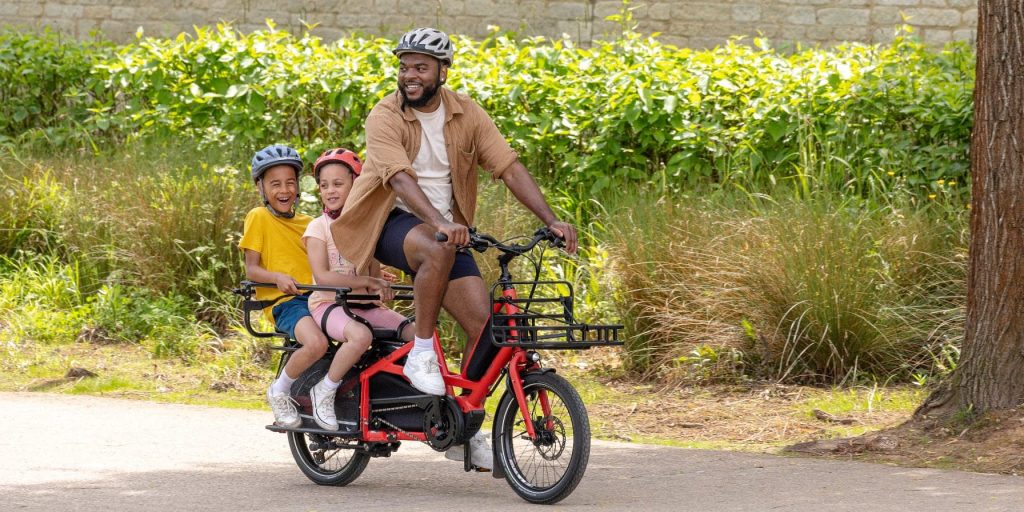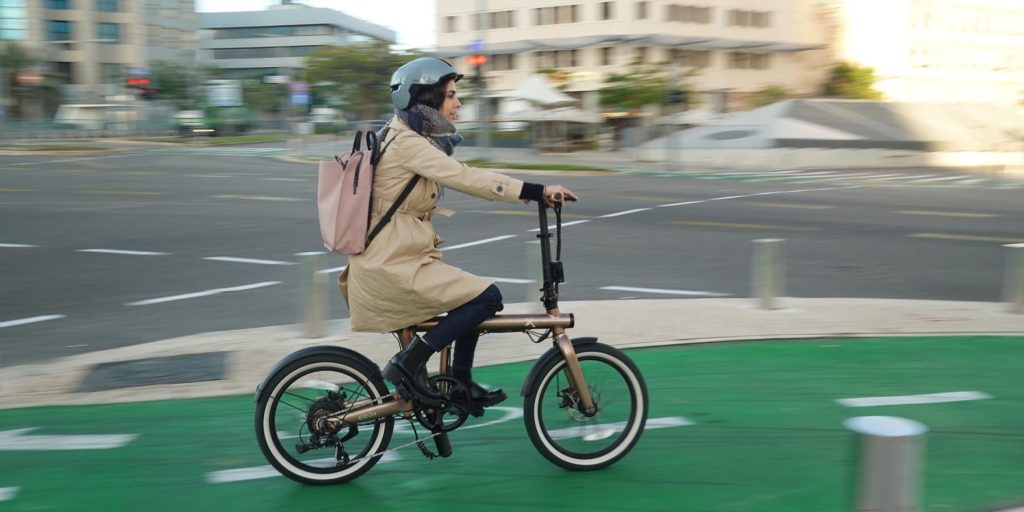
A brand new invoice submitted to the Oregon Legislative Meeting seeks to ban street-legal Class 3 electrical bicycles from bike lanes within the state.
Class 3 electrical bicycles embrace these that may attain motor-assisted speeds of as much as 28 mph (45 km/h), whereas Class 1 and a pair of electrical bicycles can solely attain 20 mph (32 km/h) underneath motor help.
Below Senate Invoice 471, the proposed laws would make it an offense if a rider “operates a moped or a Class 3 electrical assisted bicycle upon a sidewalk, a bicycle path or a bicycle lane.” Below Oregon regulation, conventional pedal bicycles may be legally operated on sidewalks until restricted by an area ordinance, however e-bikes are already banned from working on sidewalks.
Thus, the proposed laws is successfully a ban on electrical bikes able to speeds exceeding 20 mph from being utilized in bike lanes. As a substitute, such bikes would solely be permitted to be used on public roadways.

As well as, Part 2 of the invoice seeks to take away key protections for cyclists working such 20+ mph electrical bikes in bike lanes. Below present regulation, a motorist may be cited for failing to yield proper of technique to a bicycle owner in a motorcycle lane when the motorist crosses over the bike lane, akin to when crossing right into a driveway, parking zone, and many others.
The proposed laws would take away the requirement for motorists to yield the correct of technique to cyclists on Class 3 e-bikes in bike lanes.
It must be famous that drivers can’t visually distinguish a Class 3 e-bike from different courses of e-bikes being ridden in a motorcycle lane as a result of the distinction is performance-based.

Electrek’s Take
Positive, I help this regulation, so long as we will apply the logic equally. If the logic goes that Class 3 (28 mph most) e-bikes have the power to be ridden quicker than a lot of the site visitors circulate in a motorcycle lane and thus must be banned in such bike lanes, then we’d as nicely simply ban vehicles able to freeway speeds from being operated on metropolis streets. “Can your automotive go quicker than 40 mph? Sorry, you understand the foundations. Hold that factor off metropolis streets.”
It is smart, proper? Identical logic. If it *can* go quicker, it shouldn’t be allowed to function there in any respect.
I imply, if a 60 lb e-bike that has the potential to go 8 mph quicker than one other e-bike is such a menace to public well being and security, then oh lordy what should we consider 5,000 lb autos that may simply exceed 120 mph with only a two-inch deviation of a distracted driver’s huge toe? Absolutely we’ll be kicking these out of cities any day now, proper? Proper, guys? Guys…?
Okay, let’s get severe now. This regulation is terrible and the legislators that conjured it up must be placed on a 21 mph bicycle and compelled to spend a pair minutes using with their handlebar inches from 40+ mph vehicles to actually perceive what actual hazard is. Then let’s hear them attempt to inform us the way it’s a Class 3 e-bike that’s the true hazard.
I’m not making an attempt to say that we must always utterly ignore that typically individuals get hit by an e-bike. It occurs. It has even been deadly on exceedingly uncommon events. However you understand what occurs on common events? Cyclists and pedestrians getting hit and killed by vehicles. So as a substitute of spending legislative effort making an attempt to push e-bikes again out onto roads, perhaps we must always expend some effort preserving automotive fenders off of cyclists’ our bodies. Or spend money on extra bike lanes. Or improve enforcement of site visitors violations for all highway customers. Or improve consciousness training for drivers and riders alike. There are such a lot of good solutions, however none of them may be discovered on this invoice.

through: KMTR
FTC: We use earnings incomes auto affiliate hyperlinks. Extra.


